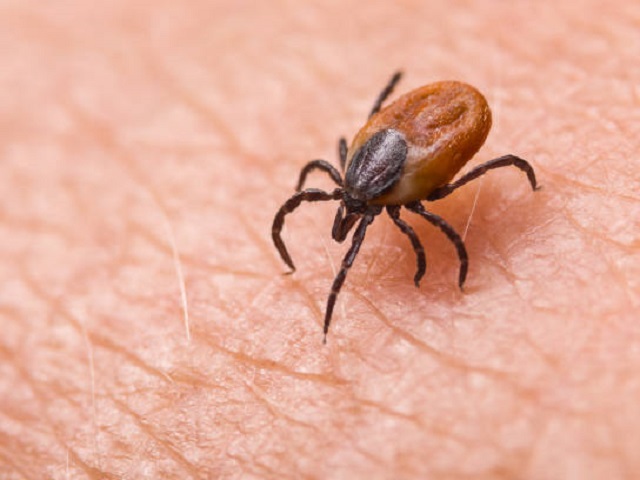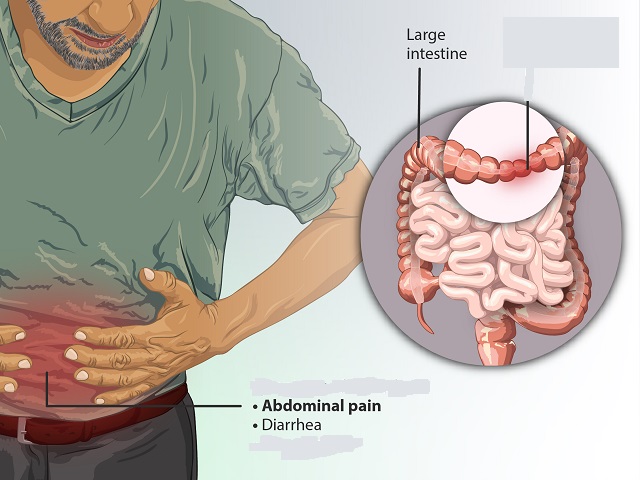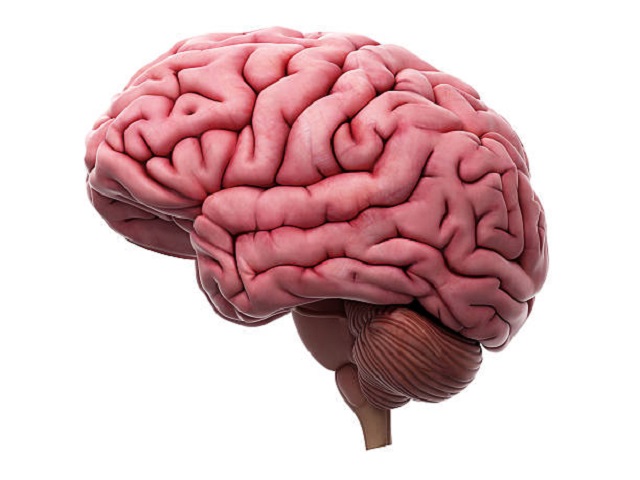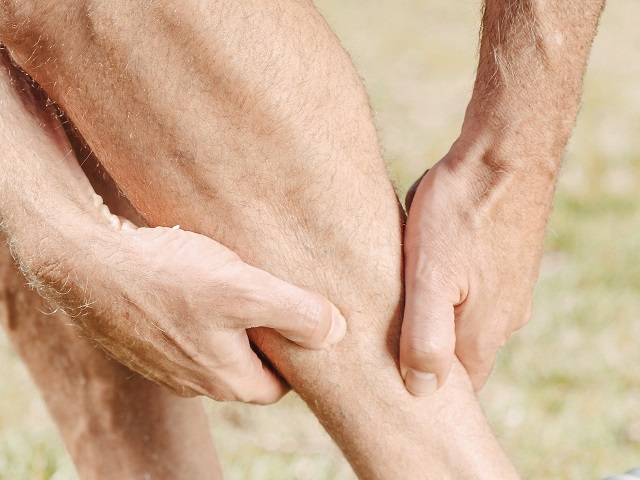5 Signs You Have Lyme Disease -- Symptoms, Causes, Effects, Treatment and Prevention
Lyme disease is a tick-borne illness caused by the bacterium Borrelia burgdorferi. It is primarily transmitted to humans through the bite of infected black-legged ticks. If left untreated, Lyme disease can lead to various symptoms and complications affecting multiple body systems. Early diagnosis and appropriate treatment are crucial for managing the disease and preventing long-term complications.
Symptoms of Lyme Disease:
The symptoms of Lyme disease can vary from person to person, and they may appear in stages. Common symptoms include:
- Skin rash: A circular rash known as erythema migrans often appears at the site of the tick bite. It may expand over time and have a characteristic "bull's-eye" appearance.
- Flu-like symptoms: Fever, fatigue, headache, muscle and joint aches, and swollen lymph nodes may occur.
- Neurological symptoms: Some individuals may experience neurological symptoms, such as facial paralysis, memory problems, difficulty concentrating, and numbness or tingling in the limbs.
- Joint pain and swelling: Large joints, particularly the knees, may become painful and swollen.
- Cardiac symptoms: In rare cases, Lyme disease can affect the heart, leading to palpitations, chest pain, and shortness of breath.
Causes of Lyme Disease:
Lyme disease is caused by the bacterium Borrelia burgdorferi, which is primarily transmitted through the bite of infected black-legged ticks (Ixodes scapularis and Ixodes pacificus). Ticks become infected with the bacteria when they feed on infected animals, such as deer or mice, and then transmit the bacteria to humans during subsequent bites.
Effects of Lyme Disease:
If left untreated, Lyme disease can have several effects on the body, including:
- Chronic joint inflammation: Some individuals may develop chronic joint inflammation, leading to recurring episodes of joint pain and swelling.
- Neurological complications: Untreated Lyme disease can result in neurological complications, such as facial paralysis, peripheral neuropathy, and cognitive impairment.
- Heart problems: In rare cases, Lyme disease can affect the heart, causing inflammation of the heart muscle or disturbances in the heart's electrical system.
- Persistent symptoms: Some individuals may experience lingering symptoms, such as fatigue, muscle aches, and difficulty concentrating, even after completing the standard course of antibiotics.
Treatment and Prevention of Lyme Disease:
Early diagnosis and treatment with antibiotics are crucial for managing Lyme disease effectively. Commonly prescribed antibiotics include doxycycline, amoxicillin, or cefuroxime. In severe cases or when the disease has spread to the central nervous system, intravenous antibiotics may be necessary.
Prevention strategies for Lyme disease include:
- Avoidance of tick-infested areas: Take precautions when spending time in wooded or grassy areas where ticks are prevalent.
- Use of insect repellents: Apply EPA-approved insect repellents to exposed skin and clothing.
- Protective clothing: Wear long sleeves, long pants, and socks to minimize skin exposure to ticks.
- Tick checks: Conduct regular tick checks on yourself, family members, and pets after spending time outdoors.
- Prompt tick removal: If a tick is found attached to the skin, remove it promptly and properly using tweezers.
References:
Centers for Disease Control and Prevention. (2021). Lyme Disease. Retrieved from https://www.cdc.gov/lyme/index.html
Wormser, G. P., Nadelman, R. B., Dattwyler, R. J., Dennis, D. T., Shapiro, E. D., Steere, A. C., ... & Halperin, J. J. (2000). Practice Guidelines for the Treatment of Lyme Disease. Clinical Infectious Diseases, 31(Supplement_1), S1-S14.
National Institute of Allergy and Infectious Diseases. (2021). Lyme Disease. Retrieved from https://www.niaid.nih.gov/diseases-conditions/lyme-disease


















